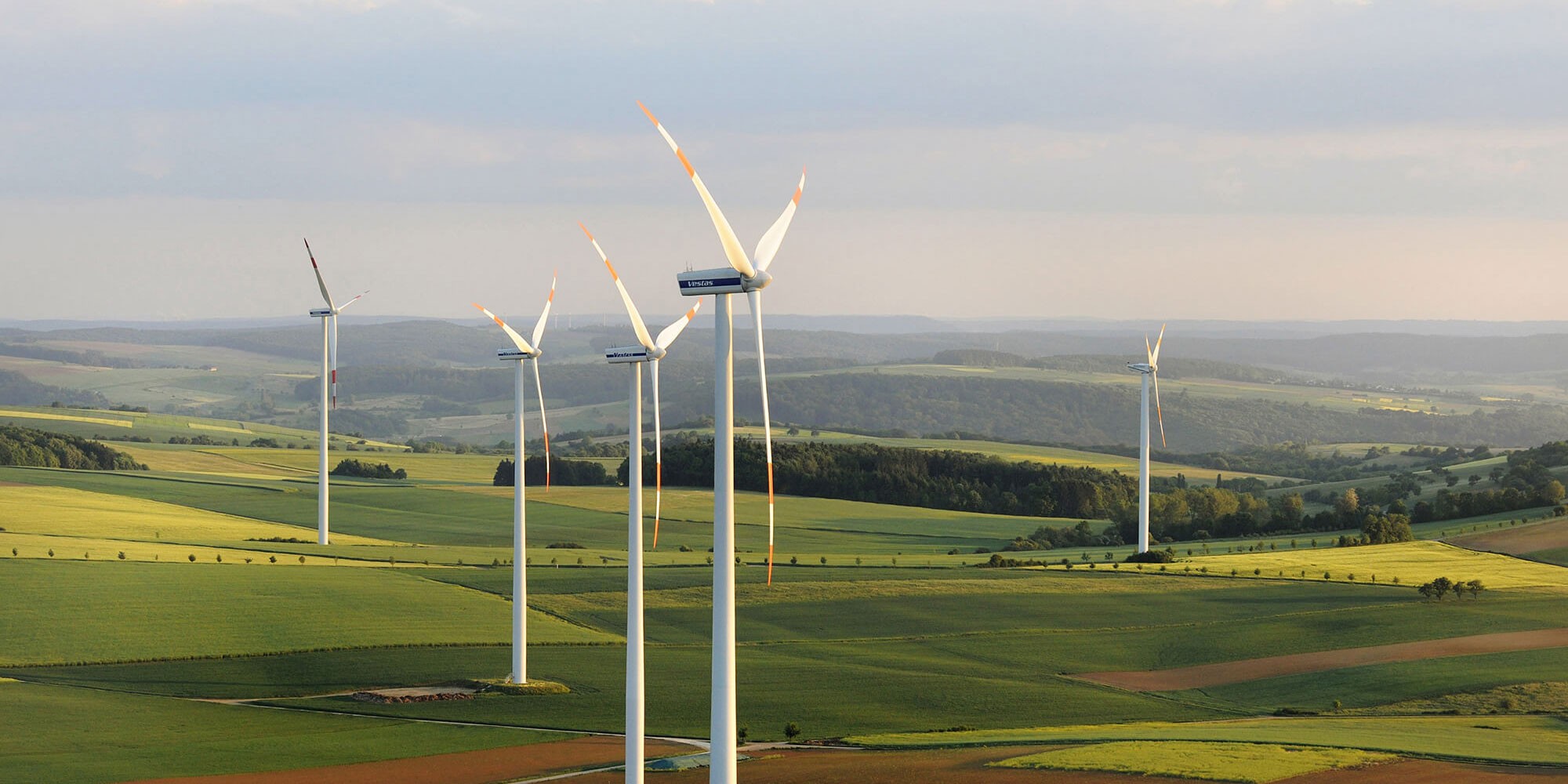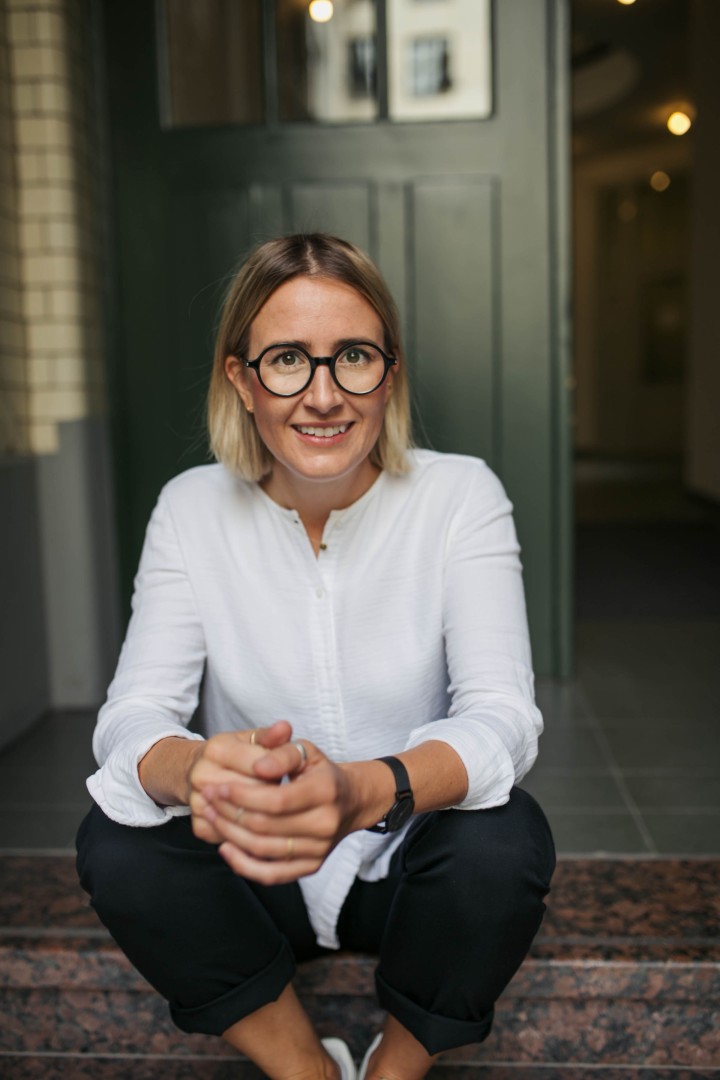Expert innovator
Leading the charge at Yook is co-founder Varena Junge, a dedicated entrepreneur and climate protection expert with over 15 years of sustainability experience in the retail, energy, and industrial sectors. Varena's expertise and passion for driving positive change have fuelled her commitment to developing digital innovations rooted in scientific data. Her pragmatic and results-oriented approach ensures that Yook's solutions enable impactful corporate climate action.
In the below interview, Varena shares her expertise and answers pressing questions on carbon emissions and sustainability measurements.
Why should companies care about reporting CO2 emissions?
The mundane answer is regulation, but the true answer is that it fosters trust among stakeholders - from employees to investors. However, the focus should be less on the final document and more on the process and the insights gained throughout. Additionally, well-executed reporting offers a roadmap for climate action, helps identify areas of focus and opportunities for improvement, and ultimately encourages innovation in meeting climate targets. It's not merely a matter of responsibility; it presents an opportunity to drive positive change and maintain competitiveness.
What are the challenges of CO2 reporting in general, specifically in Scope 3?
Two key challenges in CO2 reporting within Scope 3 are data collection and the choice of assessment method. The process of gathering comprehensive, reliable, and accurate data can be overwhelming due to the involvement of multiple suppliers and the availability of diverse measurement methodologies. Dealing with data gaps, inconsistencies, and outdated information can make emissions reporting feel like searching for a needle in a haystack. Additionally, although reporting standards provide guidance on different assessment methodologies, there is often limited internal expertise on the advantages and disadvantages of these methods and their correct application.
This is why I am a strong advocate for intelligent automation. It empowers individuals to work with valuable insights and allows them to focus their time and energy on executing decarbonisation strategies rather than becoming demotivated by the arduous data collection process.

Unite’s project with Yook
Understanding environmental hotspots along products´ value chains can be complex and time-consuming. That's why Yook has developed cutting-edge technology that automates and intelligently handles data collection, cleansing, and assessments. It eliminates manual data gathering, allowing companies to gain insights into the carbon footprint along their value chains efficiently. Backed by scientific standards and innovation, Yook enables businesses to make data-driven decisions and take impactful actions towards sustainability when buying, building, and selling products.
Unite is currently collaborating with Yook on a pilot project to help environmentally conscious customers like EnBW Energie Baden-Württemberg AG, Bertrandt AG, HeidelbergMaterials AG, SEW-Eurodrive GmbH & Co KG, MVV Energie AG and Robert Bosch GmbH to create an automated CO2 reporting function of the tail spend's emissions. This exciting development will streamline reporting processes and further enhance sustainability efforts. Our primary objective is to assist the above-mentioned companies in understanding the CO2 emissions associated with their purchased goods so they can make more sustainable decisions and actively contribute to environmental protection. In Unite's project with Yook, buyers can access integrated, reliable, and compliant CO2 data for their purchases, significantly reducing manual effort.
Can you explain what Scope 3 emissions are and why they are important to consider for organisations?
Scope 3 emissions - as defined by the greenhouse gas protocol - also known as value chain emissions, are indirect greenhouse gas emissions that occur outside a company's operations but are linked to its activities. These emissions encompass the entire value chain, including suppliers, customers, and other stakeholders, and are often a large share of overall corporate carbon emissions. Data shows that 75% to 99% of overall company emissions fall within the category of Scope 3.
One specific subgroup is the emissions associated with purchased goods and services, referred to as Scope 3.1 emissions. Here, carbon emissions along the life cycle of products’ need to be included. Obtaining primary data from suppliers for this subgroup is particularly challenging.
An increasing focus on Scope 3 emissions as a reporting requirement within the CSRD aims at avoiding carbon emission offshoring and outsourcing. Moreover, understanding Scope 3 emissions bear a chance for businesses and especially procurement departments to drive decarbonisation efforts.
In indirect spend and purchased goods, which activities contribute to Scope 3 emissions?
The contributing activities encompass the entire lifecycle of the products or materials being procured. It starts with extracting raw materials, proceeds through the manufacturing and production processes, and extends to packaging and transportation. Each step along the supply chain has its own emissions implications.
The difference lies in the level of choices. For example, different products can be chosen when office equipment is purchased. However, there is no direct buyer's influence on raw material selection and production. This also affects the level of granularity available for reporting.

Why is choosing the right methodology such a challenge?
Essentially, three different methodologies are available to assess the carbon impacts of activities: spend-based, average-data, and supplier-specific.
The supplier-specific methodology provides the highest level of precision as it involves using detailed primary data across a product's or material's life cycle. However, this level of information is typically not accessible to a buyer, making it challenging to implement.
As the name suggests, the average-data methodology relies on using average life cycle assessment data for a specific unit of material, process, or item. It offers a more generalised approach but may lack accuracy compared to supplier-specific data.
The spend-based methodology is the easiest to implement as it only requires financial data, such as the purchase price of an item or an order. However, it comes with its own set of limitations. Firstly, it often yields volatile results as rough categories are used to map purchases with emission factors and the emission factors are very rough averages. This often leads to significant over- or underestimations. Secondly, price changes can impact carbon intensity, for example during inflation. Lastly, if a company decides to invest in climate-friendly products at a higher price, the higher price results in more carbon emissions due to the calculation methodology.
A major advantage of the spend-based approach is that companies can start reporting Scope 3.1 fast. If the spend-based approach is used, applying it on a product category level instead of a seller's level is recommended as it provides more accurate results. Overall, it is crucial to carefully consider where and how to apply each methodology and be aware of their restrictions.
How does Yook address the challenge of calculating Scope 3 greenhouse gas emissions for Unite buyers?
We're thrilled to collaborate with Unite because we both recognise the importance of scientific-grounded yet pragmatic solutions for carbon assessment accounting. We understand buyers already face numerous requirements and are not sustainability experts.
To address this challenge, Yook provides Unite with relevant CO2 data that seamlessly integrates into existing marketplace functionalities. This ensures a streamlined and efficient provision of carbon data to Unite buyers.
We are testing a hybrid approach where the calculation and mapping methods are chosen based on the available data. This approach encompasses supplier-specific, average-data, and different levels of spend-based assessments. Our software considers various factors, including emission factors, activity data, and contextual information, to comprehensively assess greenhouse gas emissions across the value chain. Additionally, Yook supports data validation and quality control measures to ensure the integrity of the calculated emissions and assigns an accuracy score to each result. The software also identifies and addresses data gaps, inconsistencies, and outliers, enabling companies to obtain a more accurate representation of carbon emissions for each order.
While the collaboration´s current focus is on delivering best-in-class carbon reporting, we are also working on providing relevant environmental data for decision-making.

Can you explain the role of Yook in providing product carbon footprints and how it adds value for sellers?
Through our intelligent algorithms, we can calculate product carbon footprints within seconds, eliminating the lengthy process that could take months. Our algorithms are designed to handle incomplete and unstructured data, while reflecting the complexities of value chains and covering the entire life cycle of any product.
Yook ensures reliable and detailed product carbon insights with a comprehensive platform and extensive database. It can be used for external communication, enabling sellers to make credible green claims and comply with regulatory requirements. Furthermore, it offers valuable insights into decarbonisation opportunities throughout the supply chain and on the product design level, supporting informed decision-making.
Why should sellers consider incorporating CO2 emissions into their e-catalogues?
It´s obvious that product-specific carbon data will become the norm in a few years. Therefore, starting today to understand the carbon impact of products and product portfolios offers significant advantages.
First and foremost, it still provides a competitive edge, helping sellers differentiate themselves from competitors and build trust among stakeholders. Additionally, assessing the availability and quality of existing data helps identify areas for improvement and develop strategies accordingly. Lastly, incorporating CO2 emissions into e-catalogues allows companies to build the necessary capacities and expertise to stay ahead on future regulatory and market demands.
Read more about sustainable procurement solutions and strategies

How EnBW uses Unite as a central procurement solution
Success story: EnBW: making the energy provider’s procurement processes more sustainable and efficient

Unite Podcast #37: understanding circular economy
Informative and engaging insights on definition and best practices of a circular economy

PIEL on driving innovation and having the courage to try something new
Why is change important. An interview with Mario Ernst, Managing Partner at PIEL.

“A second life for IT hardware”
Interview with Marco Kuhn from the IT refurbisher bb-net
